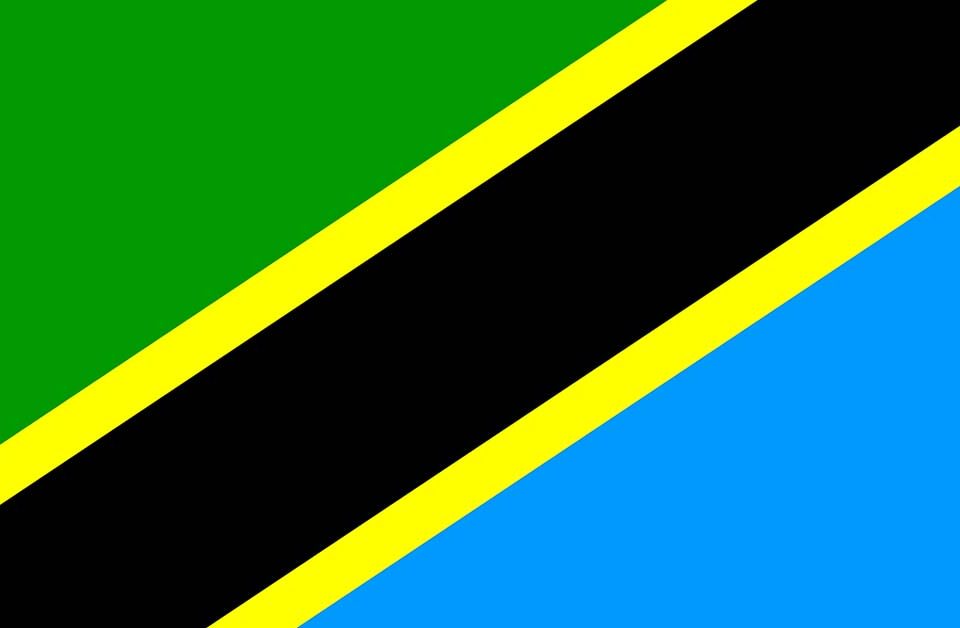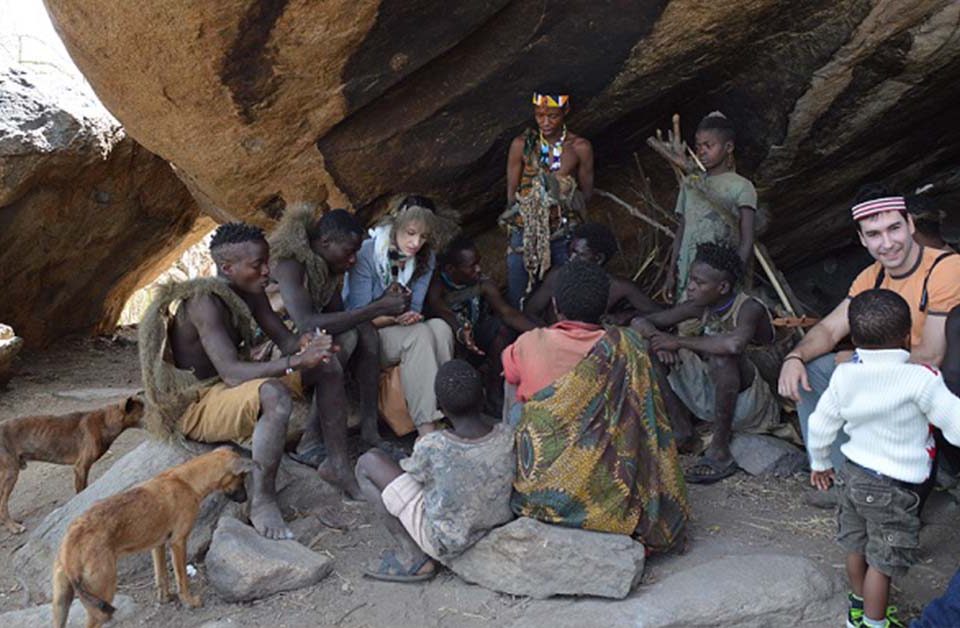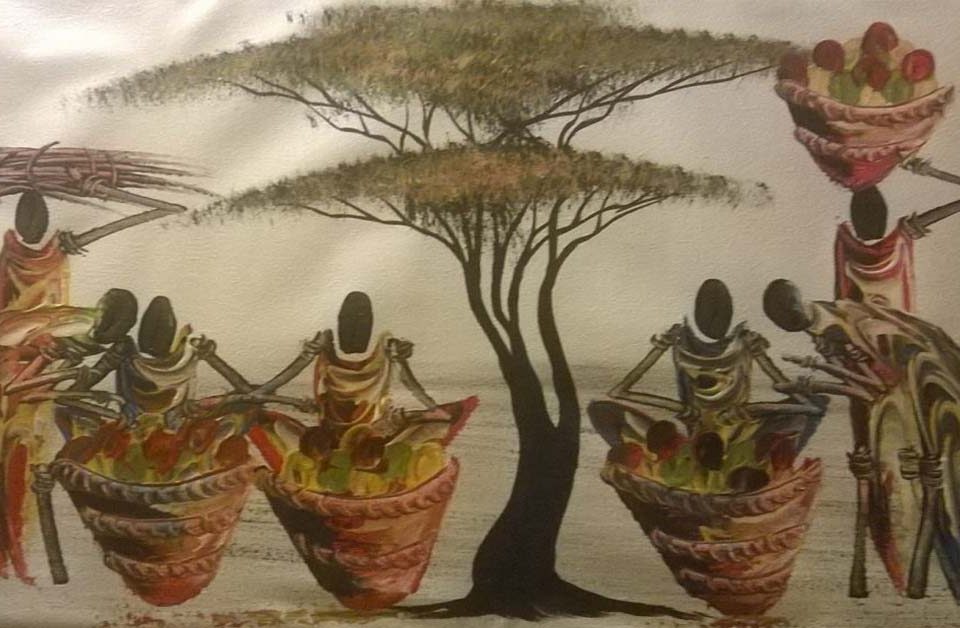The Maasai tribe: discovering the history and culture of the Masai People
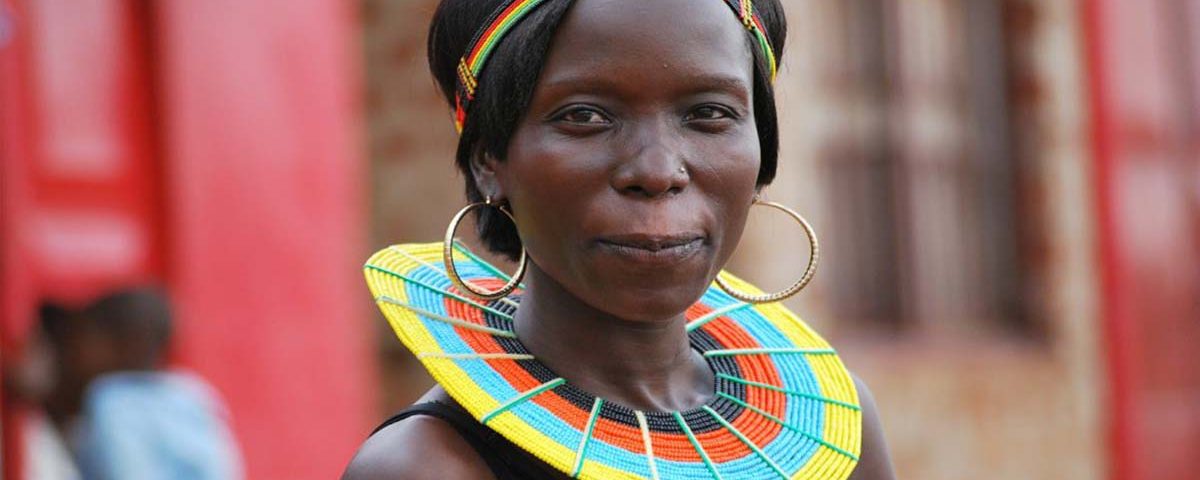
The Maasai tribe roam freely across the savannah from country to country, moving from one place to another without any regard for travel regulations or state borders. For many centuries the Masai tribe, in contrast to the Kikuyu, Luo and other tribes, has been able to maintain ancient customs and an indigenous lifestyle that they still practice to date.
However, the onslaught of civilization has left Africa short of tribes that have managed to preserve their culture, identity and ancient ways of life. One of these tribes is the Maasai people, sometimes written as Maasai, who to this day remain a primitive tribe of warriors living mainly in the areas dominated by the enormous Mount Kilimanjaro.
In this video Piergiorgio Pieroni talks about his safari in Tanzania, during which he visited Serengeti Park, where he had the opportunity to visit a Masai village, showing us evocative images of this indigenous warrior tribe.
Who are the Masai people?
The Masai tribe, or Maasai, is a Nilotic people – an ethnic group from East Africa who speak Nilotic languages, derived from Nilo-Saharan languages, and who live in the highlands between Kenya and Tanzania. Regarded as nomadic, or semi-nomadic, this people are actually transhumant breeders, i.e. they move with their flocks. It is however not unusual these days to find resident breeders, especially in certain areas of Kenya. Transition, both in breeding and agriculture, is a typical feature of the lives of many indigenous tribes, such as the Arusha People, for whom the Arusha National Park is named.
This tribe speaks a language called Maa, from which their ethnic group, Maasai, takes its name. Although estimated that there are about 100,000 individuals belonging to this tribe, there is no certain data, as there are obviously no censuses. They are subdivided into 12 different clans: Keekonyokie, Damat, Purko, Wuasinkishu, Syria, Laitayiok, Loitai, Kisonko, Matapato, Dalalekutuk, Loodokolani and Kaputiei, but there are also others, classified as minors or subclans.
History of the Masai tribe
The tribes hold that their history began with the first of all Masais – Mamasinta, who, going up a ravine, gave life to his people. Scholars believe that this ravine may actually refer to the steep slopes near Lake Turkana, in the Nile Valley, in the northern part of Kenya.
The assumption that this people hail from Egypt, somewhere between the lands of Sudan and Eritrea, is supported by the fact that, just like the typical populations of North Africa, Masai women shave their heads completely and take out their two lower front teeth.
The Masai people owned land in the Serengeti valley several years ago. They survived the 19th and early 20th centuries, succeeding in demonstrating to Europeans, especially British and German settlers, their right to land inherited from their ancestors. They were unfortunately unable to withstand the onslaught of civilisation in the late 20th century. The Masai have been evicted from much of their land over the past 30 years, which has been further reduced by the creation of national parks such as Lake Manyara, Ngorongoro and Tarangire.
This is because tourists who come to Tanzania or Kenya for a Safari want to see wild animals, such as African lions and cudus, and not the evicted Masai.
Campsites, bungalows and hotels began to appear throughout the savannah, with the Masai people soon realizing that lions, antelopes, and gazelles were much more important to tourists than they were. Left without a source of livelihood, many of them are still engaged in poaching. It is however also possible, during our various safari itineraries, to visit the Masai Boma village for an unforgettable experience.
Maasai culture
The Masai tribe survives on what they get from breeding cattle and other livestock and are almost exclusively shepherds. Their connection with their animals and their status as breeders can be seen in their culture, which is in fact centred around livestock farming.
They are patriarchal, with the elders wielding power, having almost absolute decision-making power over the affairs of their clan. The tribes’ judicial system is obviously governed by laws and traditions passed down orally, with a council of elders intervening to settle matters where two contenders are in doubt about the laws.
There are different types of sanctions, although there is no such thing as a death sentence, and rarely are severe sanctions imposed, which are only applied for murder and disrespect for elders. Fines and apologies are enough in most cases.
The population is predominantly based on a system of rituals applicable to both men and women. The elders decide the roles of initiates through initiation rituals that mark all age transitions. The different age groups of the Maasai are: initiated, moran (warrior), elderly and old.
Maasai homes and villages
Masai homes are always places of temporary residence. Every 3-4 years, when the pastures are exhausted, the tribe moves to another location and build a new village. Being a nomadic tribe, their houses were originally built to last a short time, but they have begun building more durable ones as they have become accustomed to staying in the same place for a long time, as can be seen in the picture below.
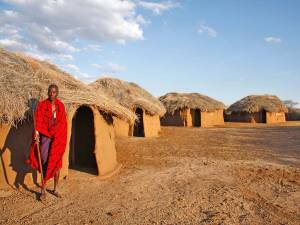
They build small villages in fields that will house families (between five and seven families) and their livestock. A Maasai village is made up of a group of very low huts built from small branches and brushwood, supported by a frame of strong branches. This is then covered with manure, clay, mud and dry cattle dung. The entire field is then surrounded with a spiny enclosure (Kraal) and thorny bushes, to keep out lions, leopards and other wild animals. Their huts are without windows, but have a fireplace located in the centre, or near the sleeping area. The hard mud floor covered with animal skins serves as their bed.
While the men take care of the cattle, it falls on the women to build the family house, and having no donkeys to help them, they carry all the material needed for work on their shoulders.
The traditional diet of the Maasai people is based on cow’s milk, but when there is a shortage of dairy cows in the village, warriors tend to mix the blood of an animal with its milk. They sometimes drink the pure blood they extract from a vein, usually making an incision in the neck of the bull and using a pumpkin as a vase to contain it. This is supposed to give the warriors great strength. They rarely eat meat; they see their livestock as too valuable for slaughter.
Marriage and social organization
Whenever there is a wedding in the tribe, by tradition, the tribe collectively presents the couple with a cow as dowry. The husband can let the wife take care of some cows from his flock after the marriage, but these still belong to him.
The children generally take care of the small animals. From a very young age of 3, they begin keeping their cattle and flock around the nearby pastureland. Turning 7 to 8 years old, the children pierce their earlobes with a tool made from cow horn. The hole is gradually expanded with pieces of wood, growing to great extend over time. This expansion is achieved not only with wood, but also with heavy ornaments, causing the lobe to stretch to the shoulder. The larger the hole in the ear lobe, the more the person is respected and considered beautiful.
The number of wives a male Masai can have is dependent on the size of his herd. Women must be fit and strong enough to take care of all the animals and children; they are expected to provide water, and wood for the fire. Women are considered far less important than their husbands, who are first soldiers, even in times of peace. The men tend to do very little physical work, preferring to spend hours in conversations with other warriors in the savannah.
Customs and traditions
Their community is based on a strict set of rules. The tribe itself is made up of different groups of men who are all more or less of the same age. For these young people, the highlight of their life is the dedication and circumcision ceremony.
Following their circumcision, the young Masai warriors leave their homes, armed with spears, sticks and swords, to live their lives on the plains where they can take care of their livestock. A warrior who manages to kill a lion receives the highest honour of the tribe and is therefore entitled to wear a headband made of lion mane during ritual ceremonies.
The men become like brothers after this initial test, forming a very strong bond. Community members must pass a series of tests to advance in the tribe’s hierarchy, each of which can take up to 15 years to accomplish. They have a sort of ranking system that starts with a young warrior, then a high-level warrior, an old warrior, a master warrior, and the elders. In the old days a young member of the tribe could not be considered a man until he killed a lion with his spear.
The ornaments they wear are an important attribute of the tribe. Masai men and women spend a considerable amount of time decorating themselves. Women wear short hair and prefer precious jewels: long necklaces, earrings, silver, headbands and bracelets. Male soldiers, on the other hand, have long hair.
The Masai people have lived with nature for thousands of years and are now frantically beginning to destroy it. They can no longer only be sustained by their cattle, and are now selling elephants and rhinoceros horns on the black market – rhinoceroses are on the brink of extinction and the number of elephants has been drastically reduced.
Across Kenya and Tanzania, the Masai are now being hired as security guards and work in expensive hotels. Many now work as entertainers with traditional dances in hotels and theatres.
You can now see more and more people dressed in red clothes complete with shields and spears, guarding the perimeters of the many luxury hotels that have sprung up in recent years. Only in the most remote corners of the Savannah will you find some nomadic people still living in their original state, following the ancient ways of life of a once formidable and well known East African tribe.


